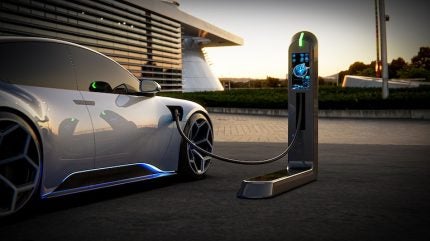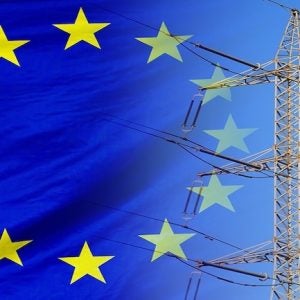
On 20 January, his first day in office, newly sworn–in US president Donald Trump signed executive orders to end the country’s ‘green deal’ and revoke the electric vehicle mandate. Attributing escalating energy prices along with huge overspending to the inflation crisis, Trump said he was declaring a ‘national energy emergency’, promised that he would ‘fill up strategic oil reserves’.
In his ‘America first’ inaugural address, Trump said: “We have something no other manufacturing nation will ever have … the largest amount of oil and gas on earth and we are going to use it.” He linked the announcement to a promise to turn the US into a manufacturing nation once again.
Immediately after his inauguration, he signed the executive order to “unleash Alaska’s extraordinary resource potential” and elaborated on his plans for oil. He also signed the orders to end the ‘Green New Deal’ and revoke the EV mandate, thereby “saving our auto industry” and keeping his “sacred pledge” to the autoworkers. “In other words, you will be able to buy the car of your choice,” he said, going on to say that automobiles will be built at a rate that nobody could have dreamt possible just a few years ago. That freedom of choice will also include other energy appliances, including showers, toilets, washing machines, dishwashers and light bulbs.
The ‘Green New Deal’ was aimed at achieving 100% renewable energy for electricity and transportation by no later than 2030, and complete decarbonisation of the economy by 2050 at the latest.
Other executive orders signed by president Trump included using all necessary resources to build critical infrastructure, ending leasing to very large wind farms, and withdrawing from the Paris Climate Accord, an action that he undertook during his first presidency in 2017 but which was revoked by President Biden in 2021.






